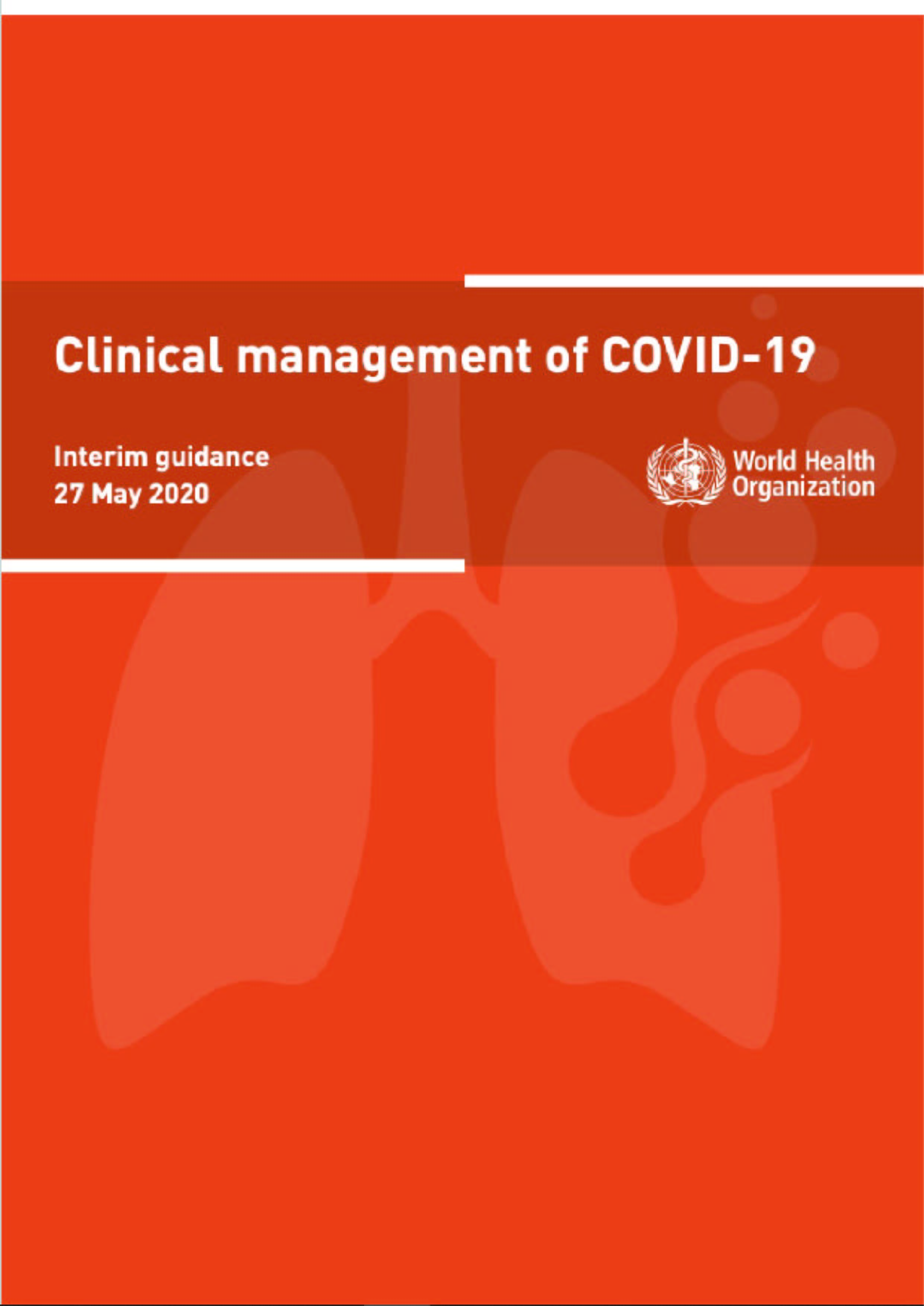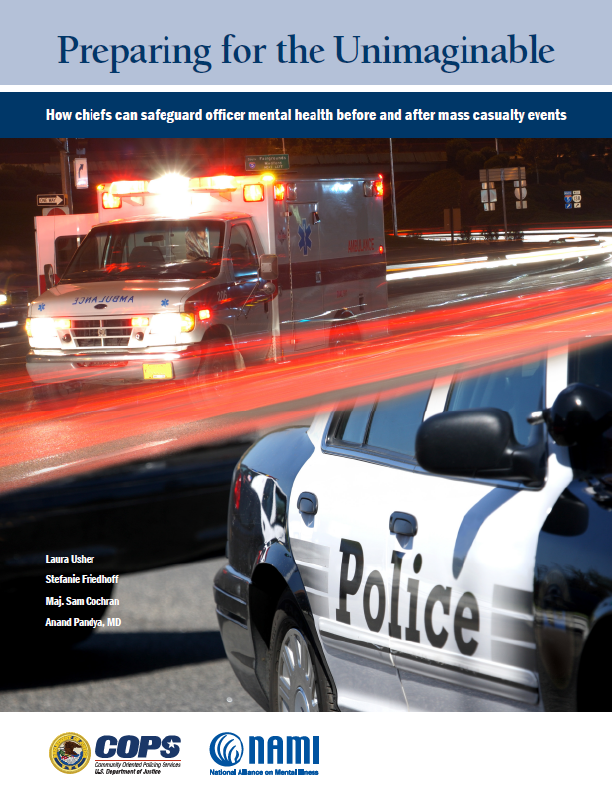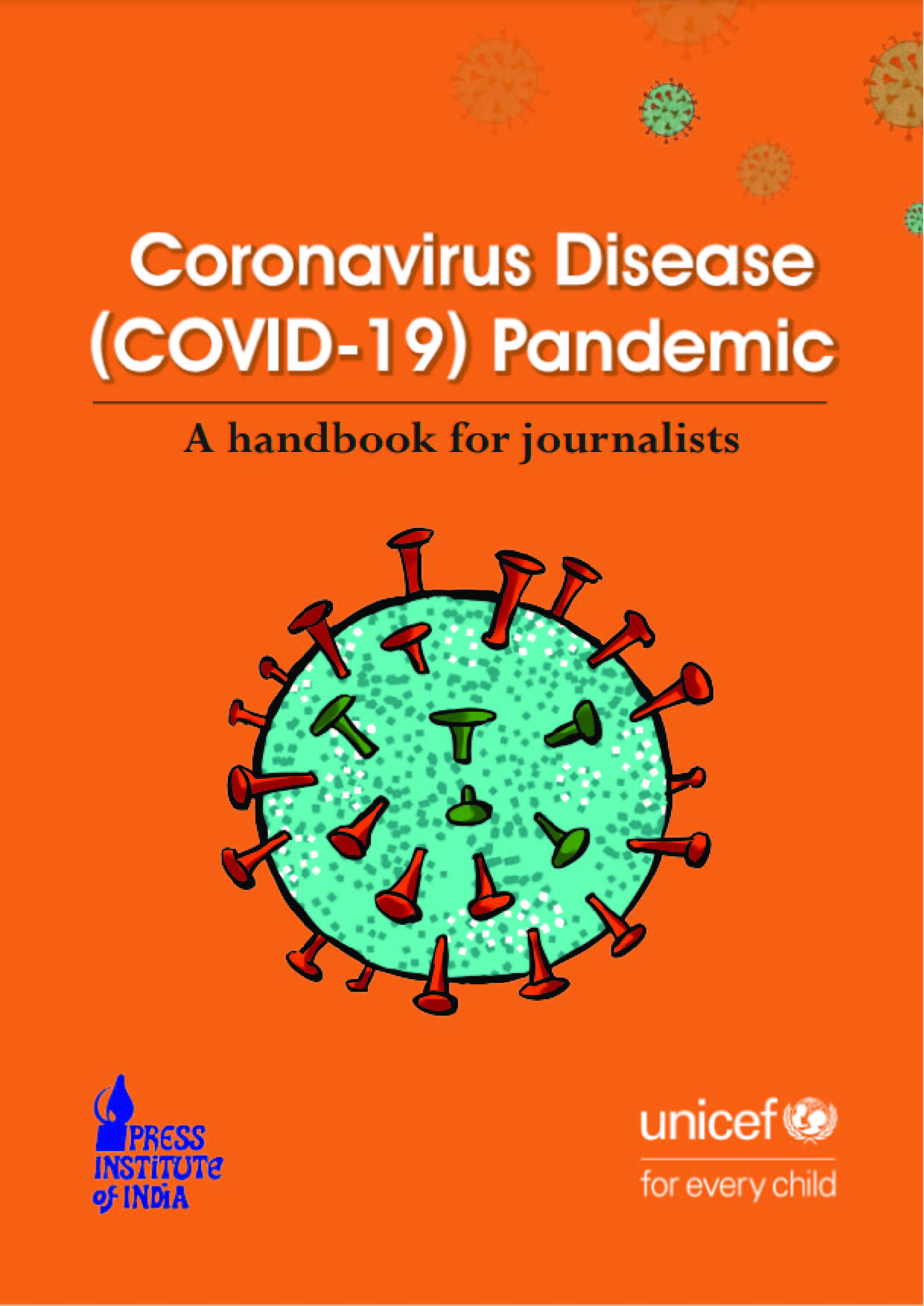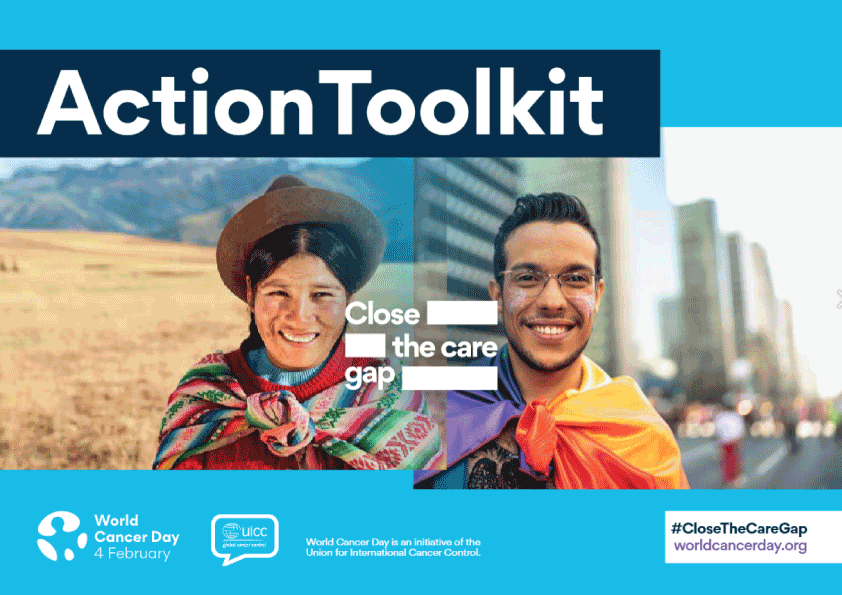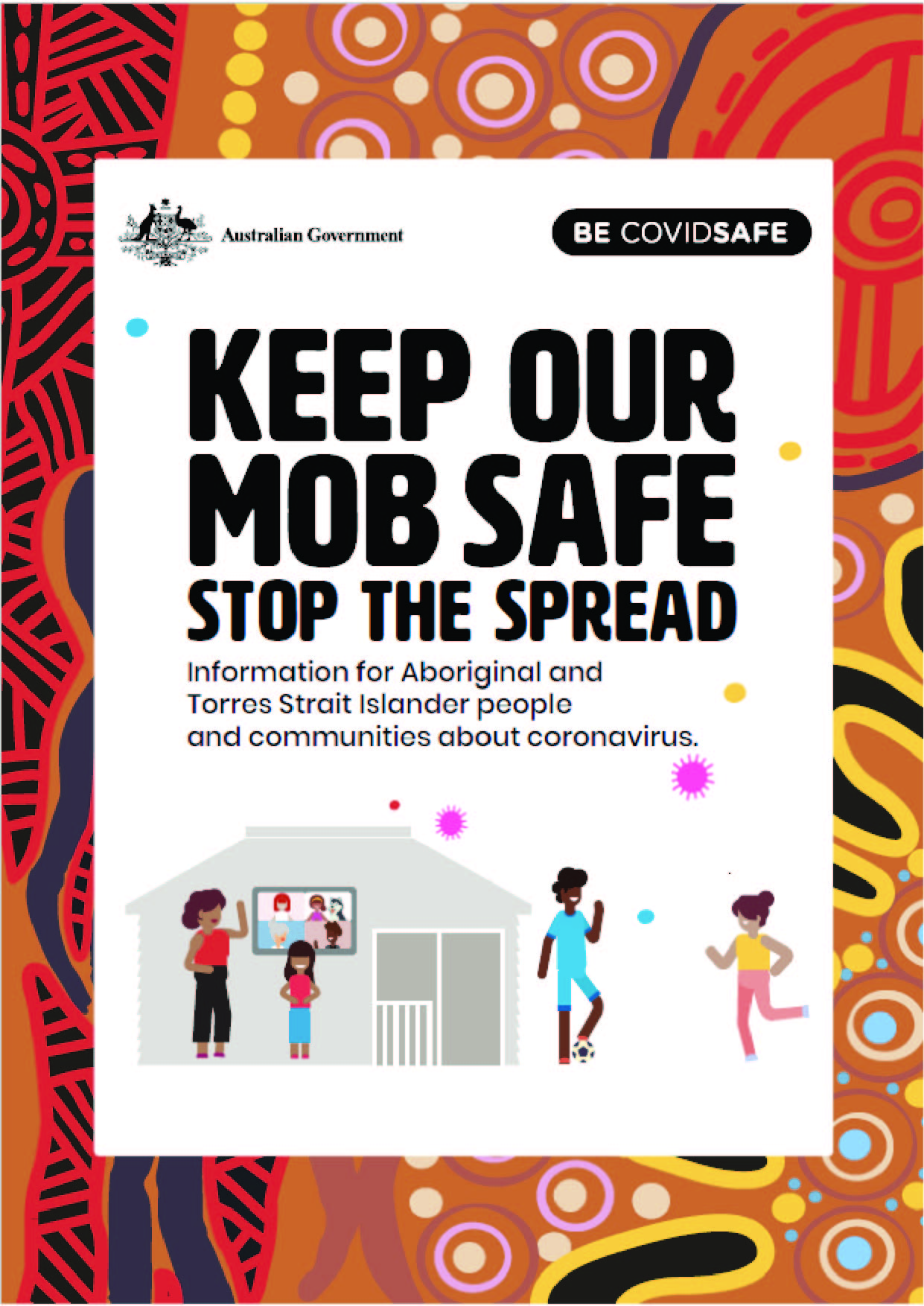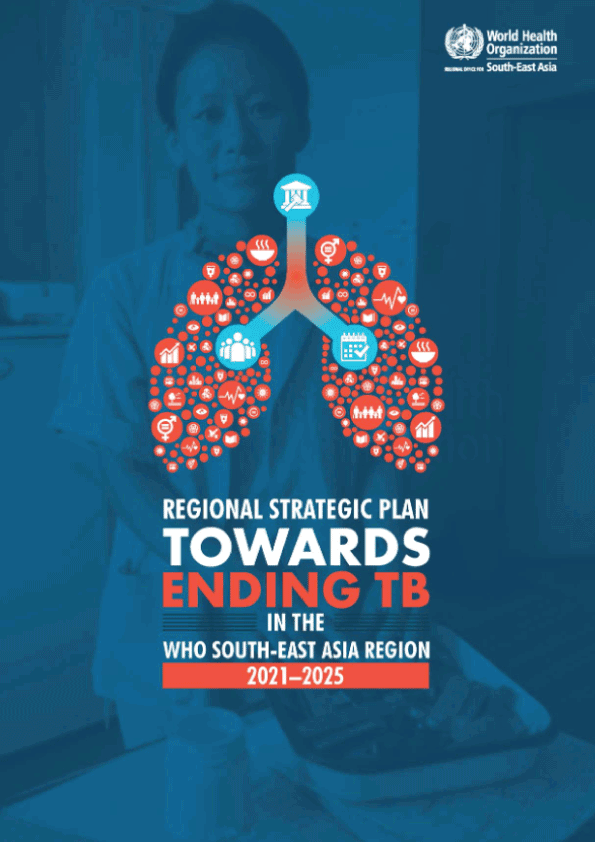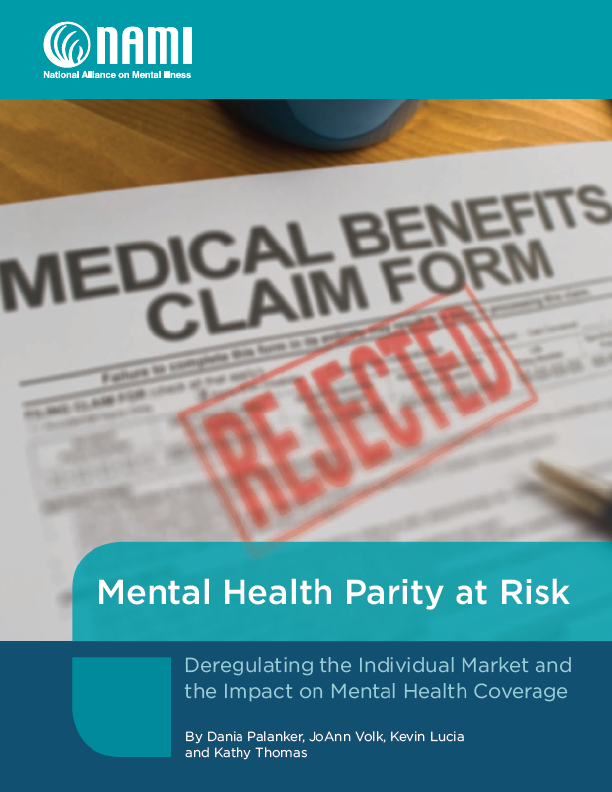Coronavirus disease 2019 (COVID-19) is caused by SARS-CoV-2, a newly emergent coronavirus, that was first recognized in Wuhan, China, in December 2019. Genetic sequencing of the virus suggests that it is a betacoronavirus closely linked to the SARS virus. By way of definition, a symptomatic COVID-19 case is a person who has developed signs and symptoms suggestive of COVID-19.
Symptomatic transmission refers to transmission of SARS-CoV-2 from persons with symptoms. Epidemiology and virologic studies suggest that transmission mainly occurs from symptomatic people to others by close contact through respiratory droplets, by direct contact with infected persons, or by contact with contaminated objects and surfaces (5-8). Clinical and virologic studies that have collected repeated biological samples from confirmed patients demonstrate that shedding of SARS-CoV-2 is highest in the upper respiratory tract (URT) (nose and throat) early in the course of the disease (9-11), within the first 3 days from onset of symptoms (11-13). The incubation period for COVID-19, which is the time between exposure to the virus (becoming infected) and symptom onset, is, on average, 5–6 days, but can be up to 14 days. During this period, also known as the “presymptomatic” period, some infected persons can be contagious, from 1–3 days before symptom onset (13). It is important to recognize that presymptomatic transmission still requires the virus to be spread via infectious droplets or by direct or indirect contact with bodily fluids from an infected person. An asymptomatic case is a person infected with SARS-CoV-2 who does not develop symptoms.
COVID-19 care pathway
We recommend that COVID-19 care pathways be established at local, regional and national levels. COVID-19 care pathways are for persons with suspected or confirmed COVID-19.
A person enters the COVID-19 care pathway after s/he is screened, based on a standardized case definition, including assessment of symptoms, and meets criteria for a suspect case.
• Suspect cases may be referred to as “persons or patients under investigation” (PUIs) in some contexts.
• Probable cases are suspect cases for whom testing for SARS-CoV-2 is inconclusive or not available.
• Confirmed cases are persons with laboratory confirmation of COVID-19.
Screening and triage: early recognition of patients with COVID-19
The primary objective of the COVID-19 global response is to slow and stop transmission, find, isolate and test every suspect case, and provide timely appropriate care of patients with COVID-19. The recommended location of care will depend on the epidemiologic scenario and be either at a designated COVID-19 health facility, community facility or, where not possible, at home. Refer to the WHO Operational considerations for case management of COVID-19 in health facility and community (33).
We recommend screening all persons at the first point of contact with the health system in order to identify individuals that have suspected or confirmed COVID-19.
Immediate implementation of appropriate IPC measures
Instructions for patients:
Ask the suspected patient to wear a medical mask and direct the patient to a separate area, ideally an isolation room/area if available. Keep at least 1 m distance between patients. Instruct all patients to cover nose and mouth during coughing or sneezing with tissue or flexed elbow, dispose of tissues safely immediately after use in a closed bin and perform hand hygiene after contact with respiratory secretions.
Apply standard precautions:
Apply standard precautions according to risk assessment for all patients, at all times, when providing any diagnostic and care services. Standard precautions include hand hygiene and the use of personal protective equipment (PPE) when risk of splashes or in contact with patients’ blood, body fluids, secretions (including respiratory secretions) and non-intact skin. Standard precautions also include appropriate patient placement; prevention of needle-stick or sharps injury; safe waste management; cleaning and disinfection of equipment; and cleaning of the environment. Best practices for safely managing health care waste, including waste related to surgeries and obstetric care, should be followed.
Apply contact and droplet precautions:
For suspected and confirmed COVID-19 patients, contact and droplet or airborne precautions should be applied. Contact precautions prevent direct or indirect transmission from contact with a suspect or confirmed COVID-19 patient and/or contaminated surfaces or equipment (i.e. contact with contaminated oxygen tubing/interfaces).
